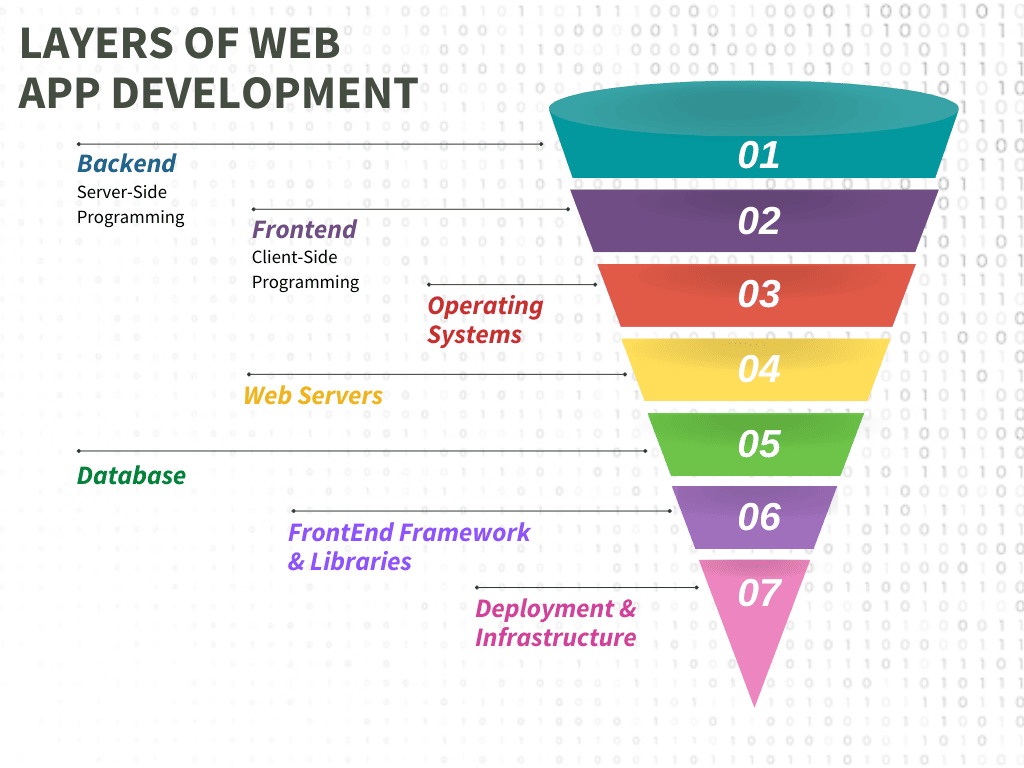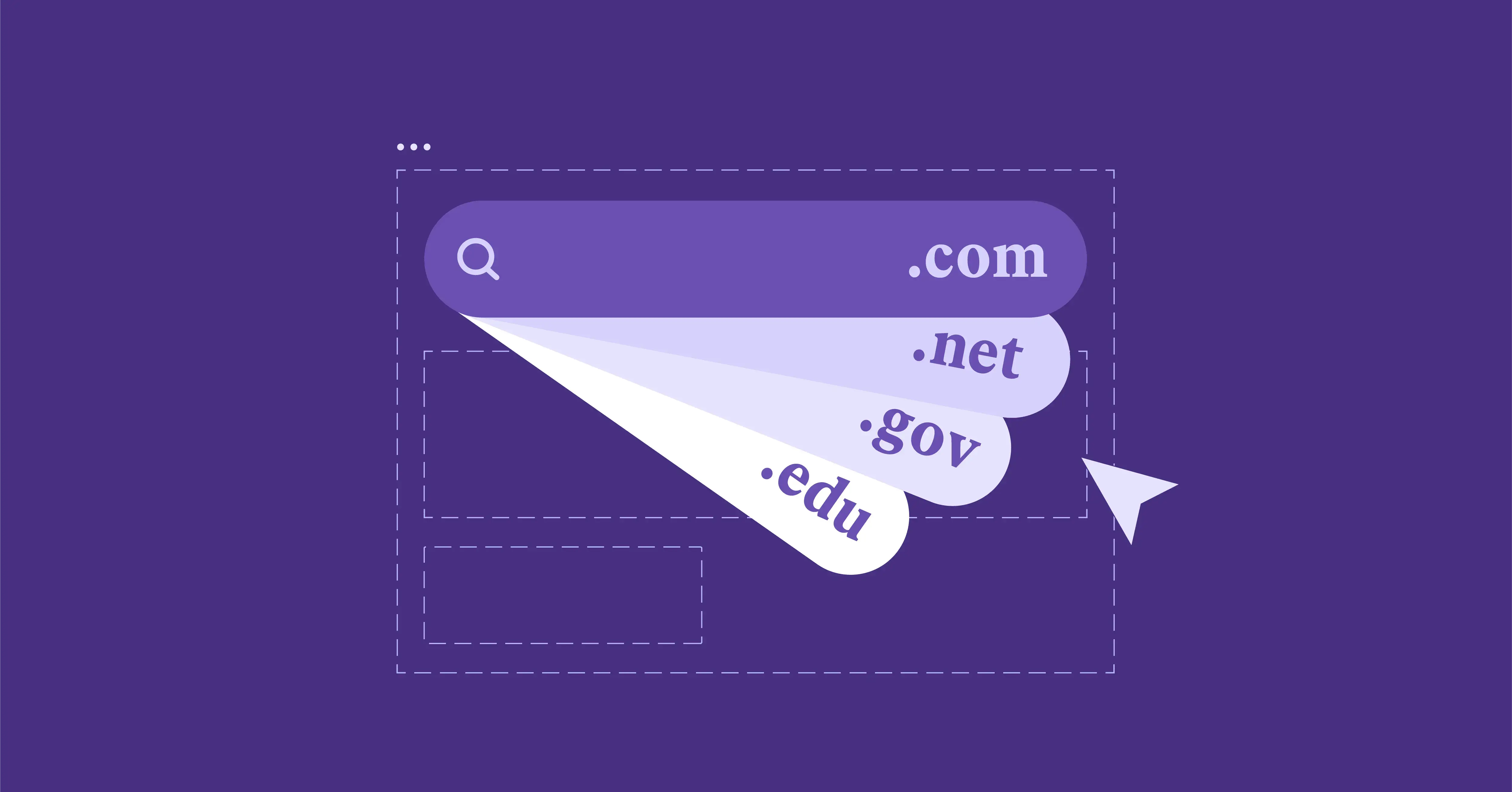· 3 min read
Choosing the Right Technology Stack for Your Web Project
Navigating the complex world of web development technologies? This guide helps you choose the right technology stack for your project, considering factors like scalability, performance, and budget.

Choosing the right technology stack is crucial for the success of any web development project. The technology stack you choose will impact your project’s scalability, performance, maintainability, and ultimately, its cost. This guide will walk you through the key considerations and help you make informed decisions.
What is a Technology Stack?
A technology stack is the combination of programming languages, frameworks, libraries, databases, and other tools used to build and run a web application. It’s typically divided into two main components:
- Front-end (Client-Side): The technologies responsible for the user interface and user experience, including what users see and interact with in their web browser. Common front-end technologies include HTML, CSS, JavaScript, and JavaScript frameworks like React, Angular, and Vue.js.
- Back-end (Server-Side): The technologies that power the behind-the-scenes functionality of the application, including server-side logic, databases, and APIs. Common back-end technologies include Python, Java, PHP, Ruby on Rails, Node.js, and databases like MySQL, PostgreSQL, and MongoDB.
Factors to Consider When Choosing a Technology Stack
Several factors influence the choice of a technology stack:
- Project Requirements: The complexity and functionality of your project will heavily influence the appropriate technology stack. A simple website will have different requirements than a complex web application.
- Scalability: If you anticipate significant growth in users or data, choose a technology stack that can scale accordingly.
- Performance: Select technologies known for their performance and efficiency to ensure fast loading speeds and a smooth user experience.
- Development Cost: Different technologies have different development costs associated with them, both in terms of developer rates and licensing fees.
- Time to Market: Consider the development speed and time to market when choosing your technology stack. Some technologies allow for faster development cycles than others.
- Security: Security should be a top priority. Choose technologies with strong security track records and implement robust security practices.
- Team Expertise: Leverage your team’s existing skills and experience when choosing a technology stack. Alternatively, be prepared to invest in training or hire developers with the necessary expertise.
- Maintenance: Consider the long-term maintenance and support requirements of the chosen technologies. Some technologies require more ongoing maintenance than others.
Popular Technology Stacks
Here are a few examples of popular technology stacks:
- MEAN Stack (MongoDB, Express.js, Angular, Node.js): A JavaScript-based stack popular for building dynamic web applications.
- MERN Stack (MongoDB, Express.js, React, Node.js): Similar to MEAN, but uses React for the front-end.
- LAMP Stack (Linux, Apache, MySQL, PHP): A classic and widely used stack for web development.
- Ruby on Rails: A popular framework for building web applications quickly and efficiently.
Making the Right Choice for Your Business
Choosing the right technology stack requires careful consideration of your project’s specific needs and goals. There’s no one-size-fits-all solution. Y5 Web Studio can help you navigate the complexities of technology selection and guide you towards the optimal stack for your project. We specialize in serving businesses across Canada, including Vancouver, Calgary, Edmonton, Saskatoon, and Regina. Contact us today for a consultation and let us help you build a successful web project.




